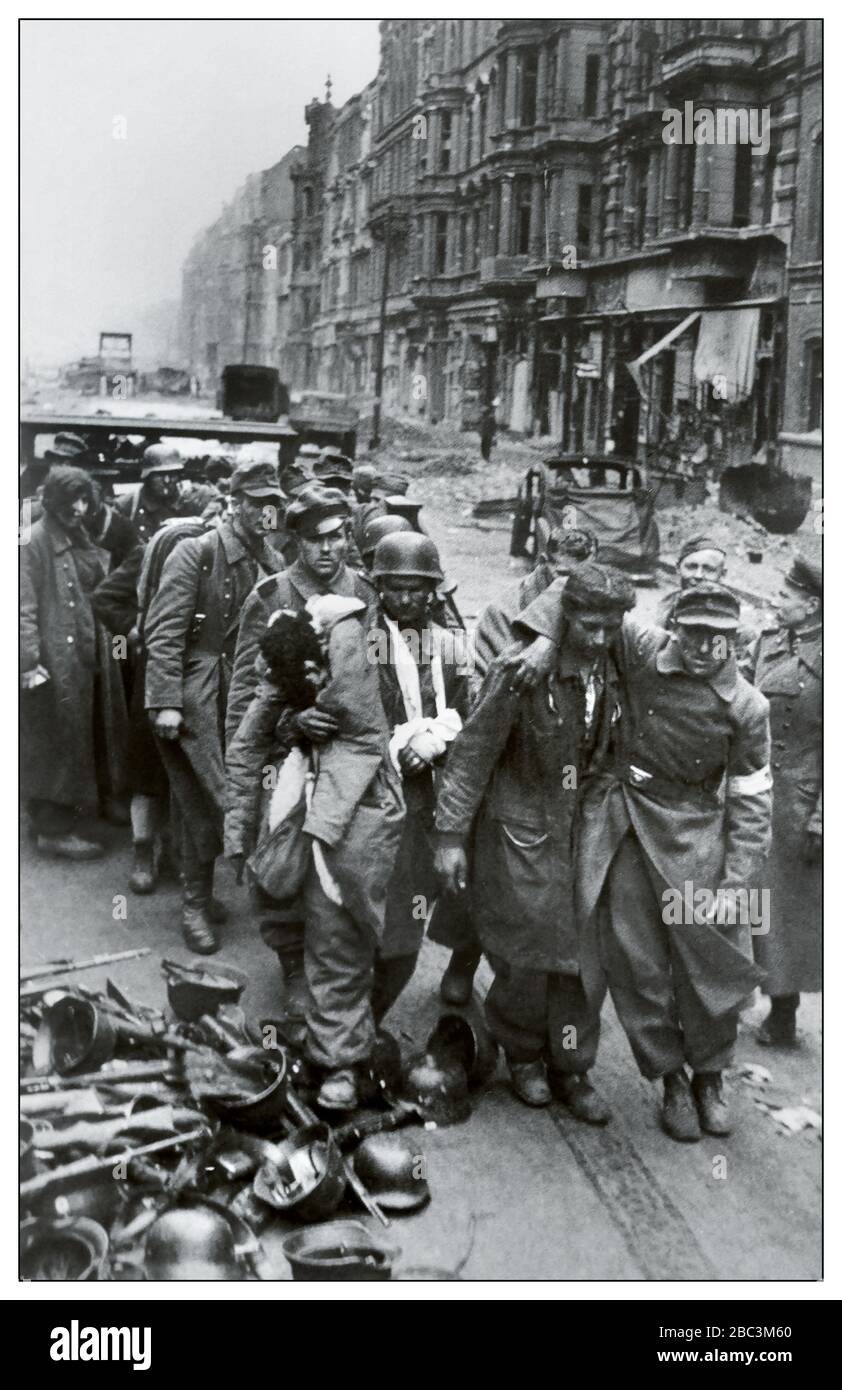
The Belgian collapse forced the Allied withdrawal from continental Europe. The German official history stated that in the 18 days of bitter fighting, the Belgian Army were tough opponents, and spoke of the "extraordinary bravery" of its soldiers. The battle also included the Battle of Fort Eben-Emael, the first strategic airborne operation using paratroopers ever attempted. It was the largest tank battle in history at the time but was later surpassed by the battles of the North African Campaign and the Eastern Front. The Battle of Belgium included the first tank battle of the war, the Battle of Hannut.

The Belgian Army surrendered on, ending the battle. The Germans gradually reduced the pocket of Allied forces, forcing them back to the sea. The German Army ( Heer) reached the Channel after five days, encircling the Allied armies. After the French had fully committed the best of the Allied armies to Belgium between 10 and 12 May, the Germans enacted the second phase of their operation, a break-through, or sickle cut, through the Ardennes, and advanced toward the English Channel. The Allied armies attempted to halt the German Army in Belgium, believing it to be the main German thrust. On, Germany invaded Luxembourg, the Netherlands, and Belgium under the operational plan Fall Gelb (Case Yellow). It took place over 18 days in May 1940 and ended with the German occupation of Belgium following the surrender of the Belgian Army.

The invasion of Belgium or Belgian campaign (10–), often referred to within Belgium as the 18 Days' Campaign ( French: Campagne des 18 jours, Dutch: Achttiendaagse Veldtocht), formed part of the larger Battle of France, an offensive campaign by Germany during the Second World War.


 0 kommentar(er)
0 kommentar(er)
